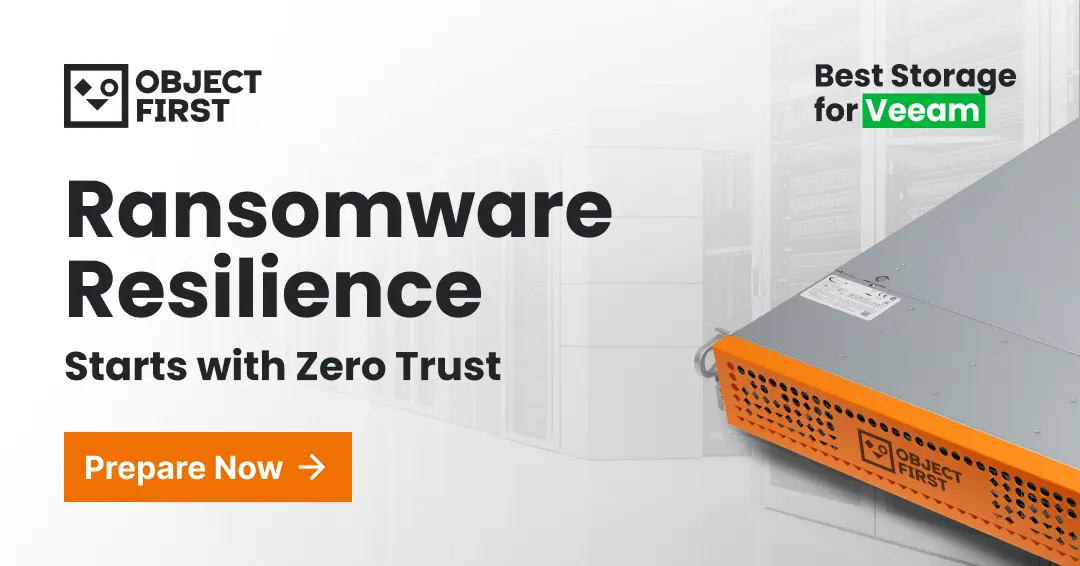Zero Trust Data Protection (ZTDP): How to Protect Your Data
Imagine your most prized possessions locked away in a safety deposit box. But here's the catch: every time someone tries to open it, their identity and intent are rigorously checked, no matter who they are or how trustworthy they seem.
Zero Trust Data Protection works much the same way. By verifying every access request, ZTDP ensures your company's data remains safe from prying eyes, whether external threats or insider risks. Ready to unlock how the Zero Trust Data Protection approach can transform your data security? Let's dive in.
What Is Zero Trust Data Protection (ZTDP)?
Zero Trust Data Protection is a modern security model that applies the principles of Zero Trust to protect sensitive data at every level. It ensures that no data, whether at rest, in transit, or in use, is trusted by default. Instead, every access request must be verified, authorized, and continuously monitored, minimizing the risk of data breaches and unauthorized access.
Zero Trust Data Protection applies to both structured and unstructured data, including data at rest in databases or file systems and data in transit over a network. Regardless of its state, every access or use must be authenticated and follow the principle of least privilege, granting only the minimal access required.
Applying Zero Trust Principles to Data Protection
The Zero Trust Architecture fundamentally shifts the way organizations think about security posture. Traditionally, networks were secured with a strong perimeter, assuming cybersecurity threats existed only outside the walls.
However, with today’s hybrid work environments, cloud adoption, and increasingly sophisticated cyber threats, this model no longer holds up. Zero Trust assumes that every user, device, and application could be compromised, requiring strict access controls and ongoing verification.
Applied to data protection, this philosophy focuses on:
- Enforcing Least Privilege Access: Users and systems get access to only the data they need to perform their roles.
- Securing Data Through Segmentation: Data is divided into zones, preventing attackers from moving laterally across systems.
- Leveraging Advanced Encryption and Immutability: Ensures data remains tamper-proof, even in the event of an attack.
Benefits of Zero Trust Data Security
Adopting Zero Trust Data Protection allows organizations to secure their most valuable asset—data—against evolving threats while maintaining compliance with regulations like GDPR, HIPAA, or NIS-2.
Here are the key benefits of Zero Trust Data Protection:
- Enhanced Security Against Breaches: With continuous monitoring and verification, ZTDP minimizes the risk of unauthorized access. Even if attackers penetrate the network, they are unable to access sensitive data due to stringent segmentation and access controls.
- Simplified Regulatory Compliance: Organizations can meet compliance standards by enforcing strict access controls, immutability, and data encryption.
- Minimal Exposure: Users and applications are granted access to only the data they need to perform their roles, limiting the potential damage of insider threats or compromised accounts and creating an additional layer of protection.
- Improved Data Visibility: ZTDP enables organizations to monitor who accesses data, when, and for what purpose. This granular visibility allows better control, preventing data misuse or exfiltration.
- Future-Proofing Against Threats: Cyberattacks evolve rapidly, but ZTDP’s proactive approach ensures your security measures remain robust. Regular monitoring and adaptive controls keep defenses aligned with emerging threats.
7 Steps for Implementing Zero Trust Data Protection
Integrating Zero Trust Data Protection requires a well-planned and phased approach to secure your organization’s data effectively.
Below are the necessary steps to implement it:
Step 1: Classify and Prioritize Your Data
Start by identifying the most critical data assets and categorizing them based on sensitivity and importance. Define what requires the highest level of protection, such as financial records, customer information, or intellectual property, and prioritize securing these assets first.
Step 2: Enforce Data-Centric Access Controls
Shift from network-based controls to data-centric policies. Use role-based access controls (RBAC) and attribute-based access controls (ABAC) to ensure that users, applications, and systems can only access the data they need to perform specific tasks.
Step 3: Apply Data Segmentation
Segment your data into isolated zones to limit lateral movement in case of a breach. This strategy confines attackers to a single data zone, minimizing the scope of any compromise.
Step 4: Implement Immutable Backups
Incorporate immutable storage for your backups to prevent unauthorized modifications or deletions. Immutable backups provide an unalterable safety net, ensuring data recovery despite ransomware attacks or insider threats.
Step 5: Strengthen Data Encryption
Protect your data with advanced encryption both at rest and in transit. Use end-to-end encryption protocols and manage encryption keys securely to prevent unauthorized access during storage or transfer.
Step 6: Monitor and Audit Data Access
Establish continuous monitoring of data interactions to detect anomalies and unauthorized access in real-time. Embedding logging and auditing tools to track who accessed data, what actions were taken, and when assures accountability and compliance with regulations.
Step 7: Adapt and Update Policies Regularly
Zero Trust is an ongoing commitment. Continuously review and refine your data protection policies to address new threats, technological changes, or organizational structure shifts. Regular updates guarantee that your defenses stay ahead of evolving risks.
Extending Zero Trust to Data Resiliency
Cyberattacks and ransomware target backup data in 96% of attacks. In response to these challenges, Veeam recently introduced the concept of Zero Trust Data Resiliency (ZTDR).
Inspired by Zero Trust principles, ZTDR takes data protection to the next level by applying them to data backup and recovery.
Key principles of ZTDR include:
- Segmentation—separation of backup software and backup storage to enforce least-privilege access, as well as to minimize the attack surface and blast radius.
- Multiple data resilience zones or security domains to comply with the 3-2-1 backup rule and to ensure multi-layered security.
- Immutable backup storage to protect backup data from modifications and deletions with Zero access to root and OS, protecting against external attackers and compromised administrators.
Protect Your Backup Data with Ootbi by Object First
With ransomware striking every 11 seconds and targeting backup data, immutable backups are your best line of defense.
Ransomware-proof Ootbi (Out-of-the-Box Immutability) by Object First delivers secure, simple, and powerful on-premises backup storage for Veeam customers.
Ootbi is built on the Zero Trust Data Resilience principles, delivering S3 native immutable object storage designed and optimized for unbeatable Veeam backup and recovery performance.
Download a whitepaper and learn why Ootbi is the Best Storage for Veeam.


